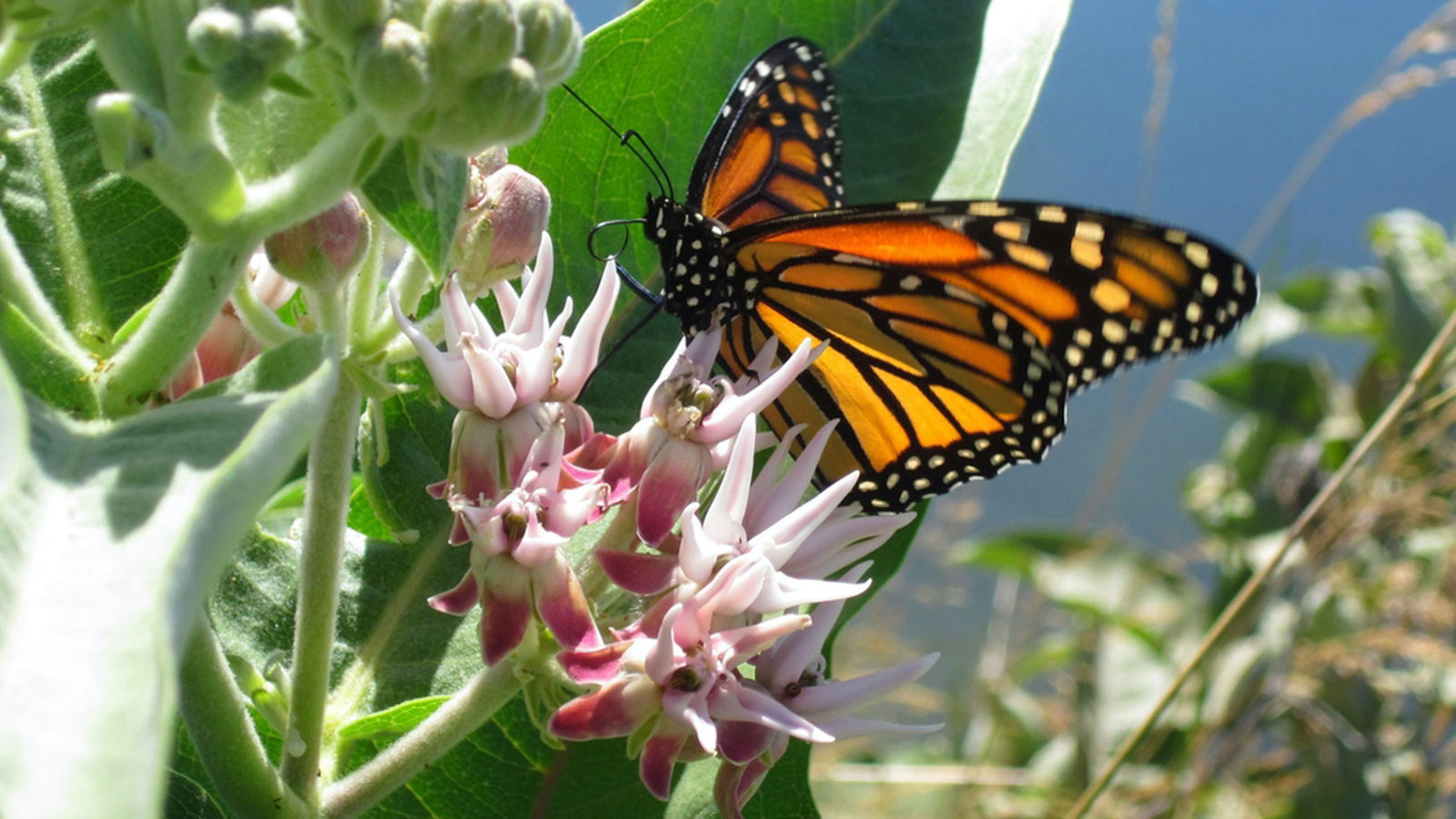
Tell the FWS to protect monarchs
An endangered listing would provide necessary protections for the dazzling butterflies
Add your name
The numbers are in: monarch butterflies had their second worst winter ever. Counts show that 59% of eastern monarchs and 30% of western monarchs disappeared from our skies. These latest reports are part of a larger, devastating trend for monarchs. Compared to the 1980s, monarch populations are down by a shocking 95%. In 2020, they dipped so close to the brink of extinction that just 2,000 western monarchs remained.
The regular migration of eastern monarch butterflies—from Canada to Mexico and back again—is a captivating natural phenomenon that inspires wonder among both scientists and the public. The annual butterfly count estimates butterfly numbers using the area (in hectares) they cover as they winter in the forests in central Mexico. This year, that area was reduced from 2.2 hectares to 0.9 hectares (a difference of approximately 3.2 acres). This area is far smaller than the 6-hectare (14.8-acre) minimum recommended by experts.
Monarch populations are down largely because of habitat loss and milkweed devastation. Monarch caterpillars need milkweed; it’s the only food they eat. Across the United States and Canada, widespread use of pesticides and herbicides has drastically reduced the availability of milkweed. As a result, young caterpillars face starvation before ever taking flight. Pesticides and toxic herbicides have also reduced the availability of flower nectar, on which the mature butterflies feed.
The threats to their existence are compounded by the deforestation of the Mexican pine and fir forests where they take winter refuge. Droughts, storms, and other extreme weather patterns have reduced both the number of trees for overwintering and the milkweed needed for butterfly growth. Now, experts say, just one catastrophic event could send monarch populations into a tailspin.
Despite their alarming drop in numbers, the Fish & Wildlife Service is debating the monarch’s endangered status. An endangered listing means that monarchs’ food and habitat will be protected in the United States and that more monarchs can make it to their first flight.
The ESA has an incredible track record for saving species, and the monarchs are no less worthy than the other saved or protected species.
Add your name
